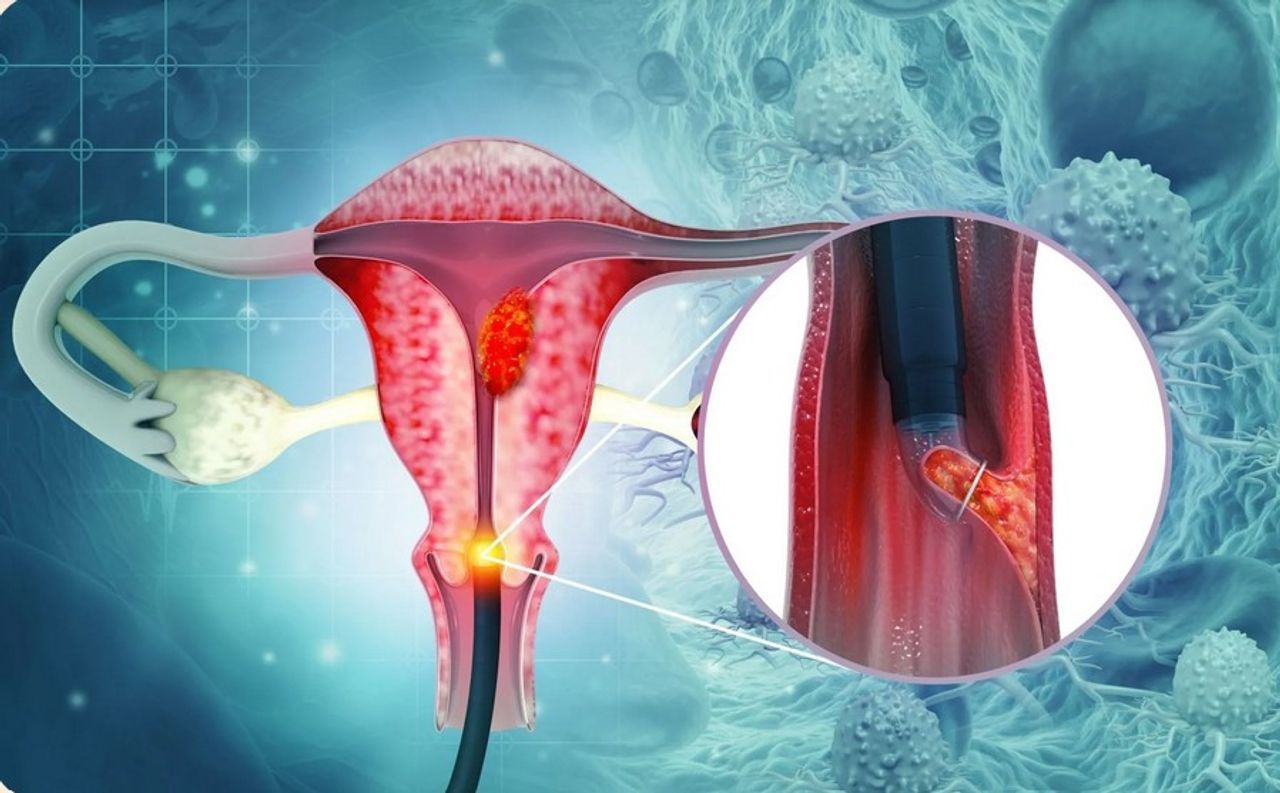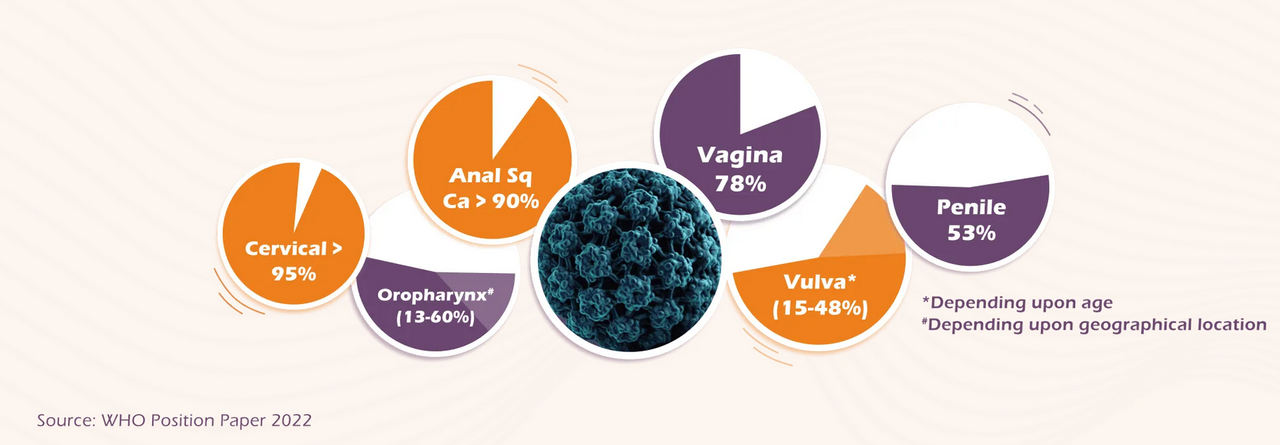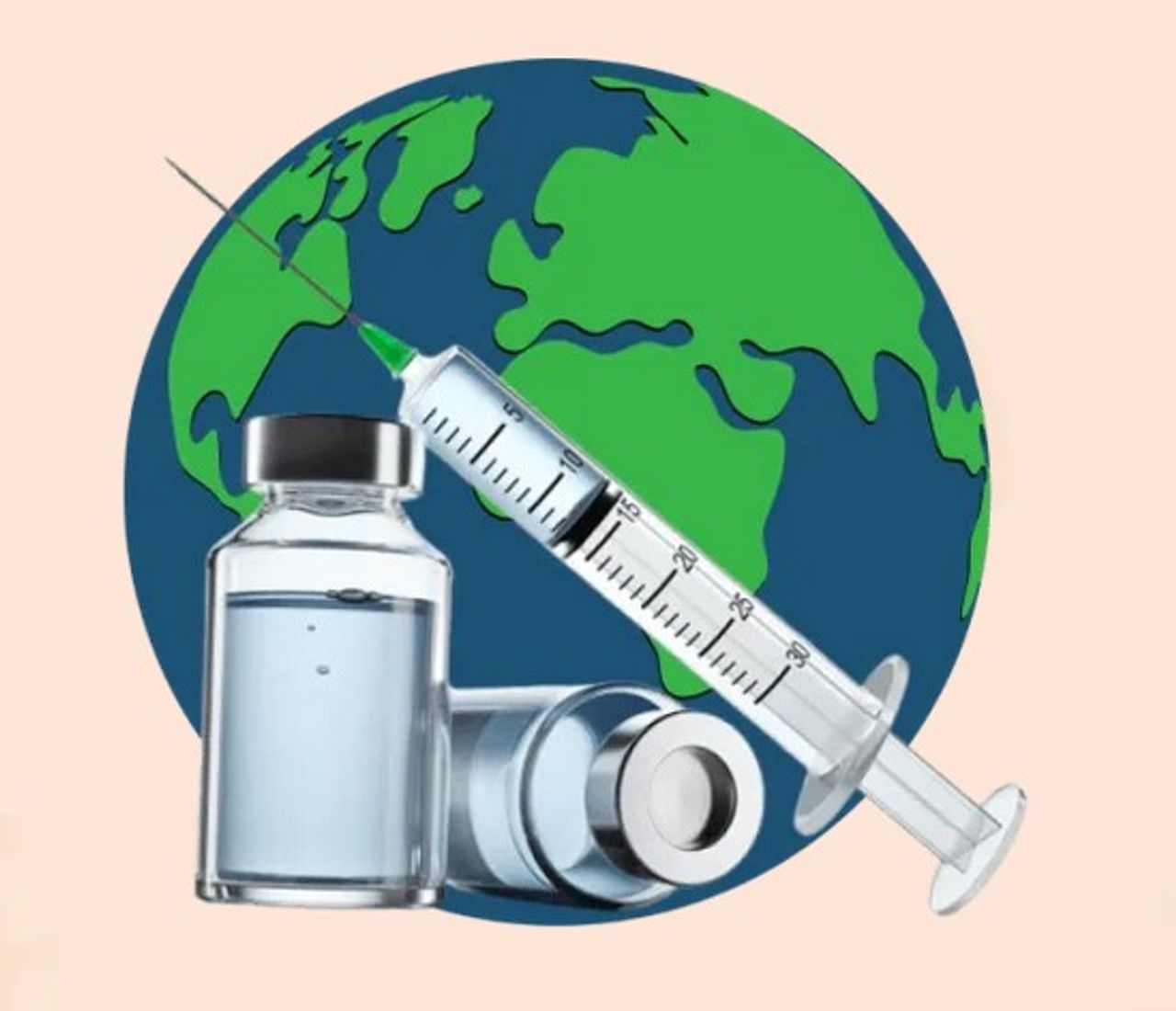About HPV All Aspects Of HPV And Its Prevention
What Is HPV?
HPV stands for the Human Papillomavirus. It is a group of over 200 related viruses that primarily affect the cervix, anus, throat, and mouth. HPV types fall into two groups, low and high risk. Few low-risk HPV types can cause warts on or around the genitals, anus, mouth, or throat. High-risk HPVs can cause several types of cancer.
How Is It Transmitted?
HPV can be easily transmitted through any intimate skin-to-skin contact. This includes vaginal, anal, oral sex, and the use of sex toys or other objects. A person with HPV can pass the infection to someone even when they have no signs or symptoms.
How CERVAVAC® Works On The Human Body
HPV vaccine is highly immunogenic and generate a strong humoral response. Vaccine-induced antibodies are thought to reach the site of infection by active IgG transudation in the female genital tract and exudation of interstitial antibodies at the sites of trauma in which infections initiate.
Facts About HPV And HPV-Related Illnesses

Background of HPV Disease
HPV is the most common viral infection of the reproductive tract and causes a range of conditions in men and women. HPV infection is spread through contact with infected genital skin, mucous membranes, or bodily fluids, and can be transmitted through sexual intercourse, including oral sex.
While the majority of HPV infections are asymptomatic and resolve spontaneously, persistent infection with HPV may result in disease.
In women, persistent infection with oncogenic HPV types may lead to cervical intraepithelial neoplasia (CIN) which, if untreated, may progress to invasive cervical cancer. In addition, in both men and women, HPV infection is associated with cancers of the head, neck, oropharynx, and anogenital area as well as with anogenital warts and respiratory papillomatosis.
Cervical Cancer Prevalence
Cervical cancer was the fourth leading cause of cancer and cancer deaths in women in 2020, with an estimated 604,000 new cases and over 340,000 deaths (8% of all female cancer deaths). HPV 16 and HPV 18 together are responsible globally for 71% of cases of cervical cancer. The large majority of cervical cancer cases in 2020 (88%) occurred in low and middle-income countries.
HPV infection with high-risk HPV types is also the cause of a proportion of cancers of the anus, vulva and vagina, penis, head, and neck, especially the oropharynx.
Percentage Of Cancers Attributable To HPV Globally

Copyright © 2023. Serum Institute of India Pvt. Ltd.




